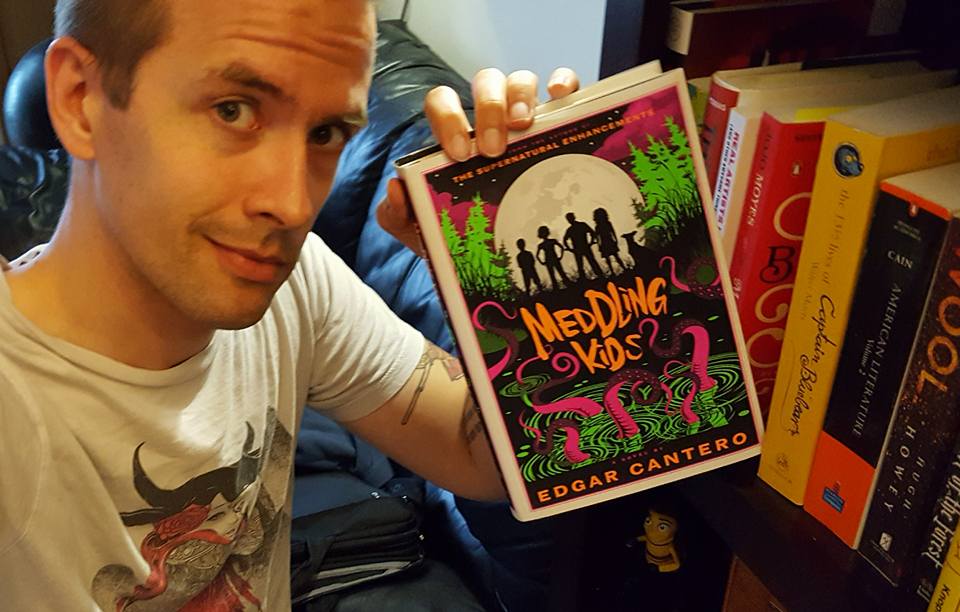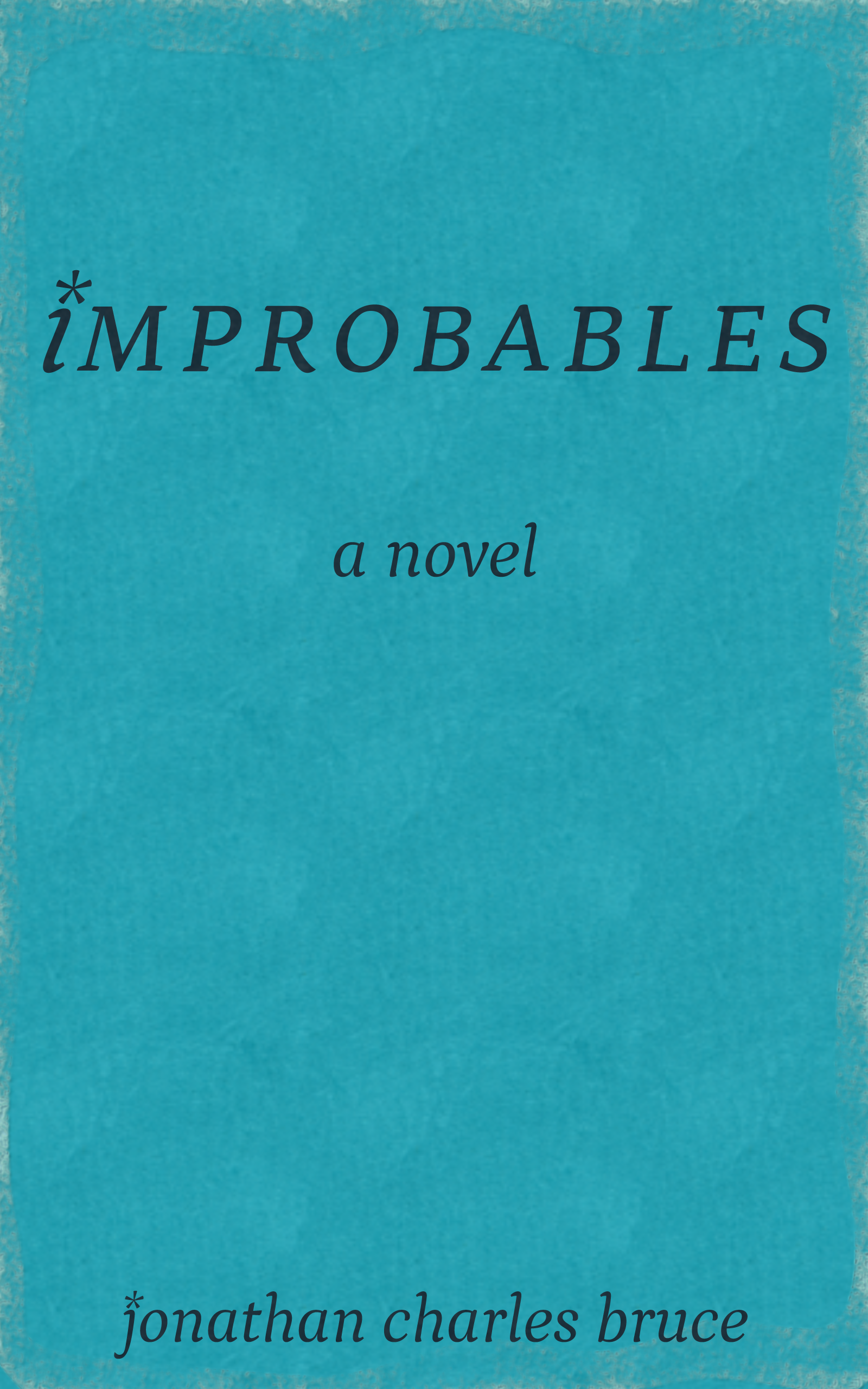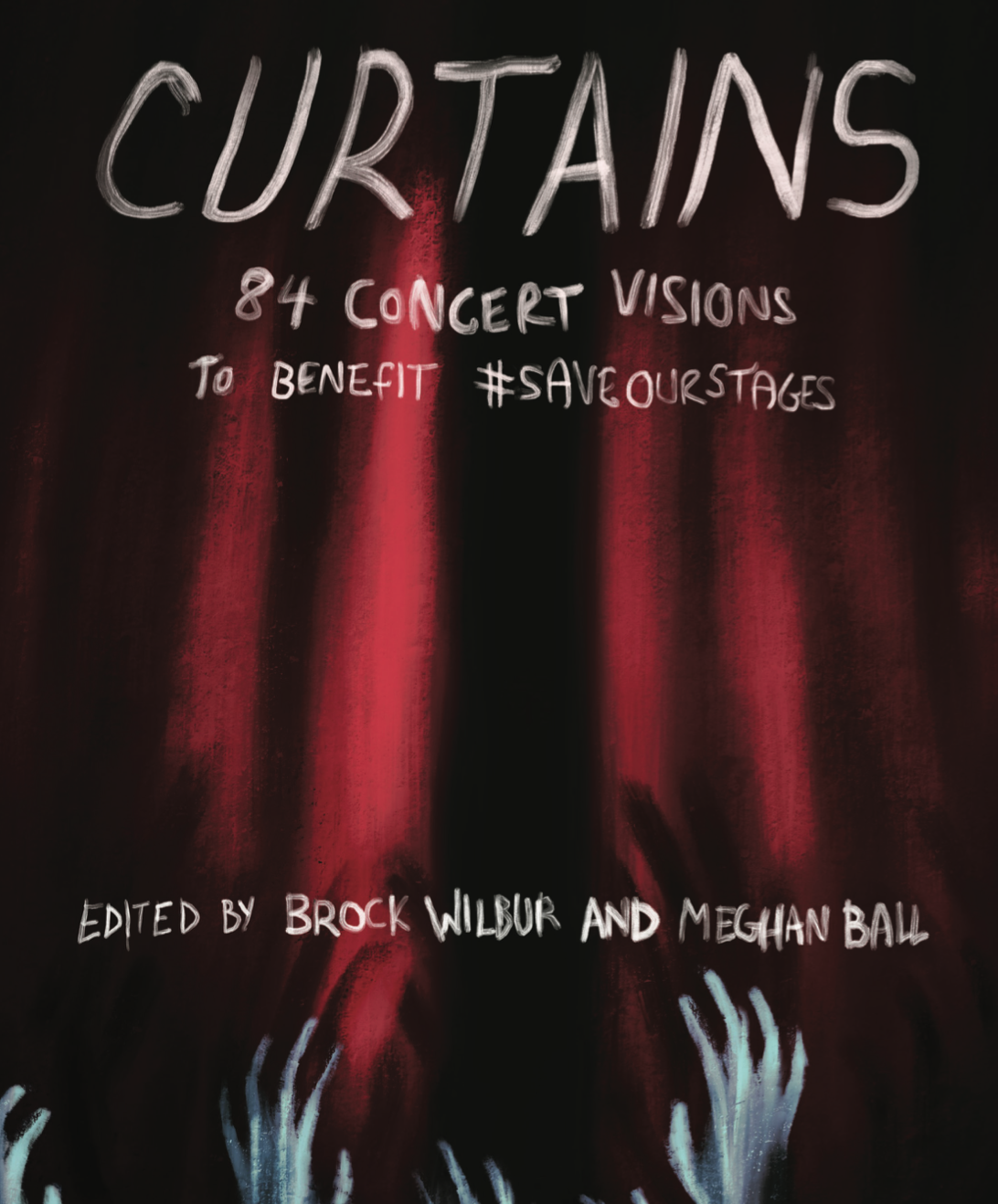Summer 2017 Reads
Meddling Kids by Edgar Cantero
After a brief respite, during which I saw one of my best friends get married, I return to tell you of my tenth Summer 2017 read: Meddling Kids by Edgar Cantero. In 1977, four kids and their dog solved the mystery of the Sleepy Lake Monster, which turned out to be a guy in a bad rubber suit. But something about that night has haunted each of them in the years that followed. Memories of guttural, raspy breaths; of hungry scratches against the walls; of corpses strewn; of forbidden languages and profane incantations. In 1990, ne’er-do-well Andy has had enough. She gathers up the living members of the team—Kerri (failed biologist), Nate (a sci-fi/fantasy enthusiast who resides quite a bit at the asylum), and Tim (a dog, though not the original dog)—and returns to the scene of the crime to truly solve the case. This will either quell the nightmares or kill them all… six of one, half dozen of the other, really.

And I would have gotten away with it, too, et cetera.
I am going to openly admit that I approached this book with a bit of trepidation. The last time I dove into a work that sold itself as a kind of post-modern approach to a genre (Final Girls) I walked away kind of angry. Although Scooby-Doo, on which Meddling Kids is clearly based, doesn’t really occupy a place in my heart, I still respect the original show enough to want some kind of justice done to it. I am happy to report that Meddling Kids not only respects the thing its tweaking, it clearly has fun with it. Although a bit slow for the first 100 pages or so, it really hits its stride afterwards, rocketing toward a conclusion with plenty of twists and red herrings along the way.
Meddling Kids is a deeply entertaining book with a very fun way of communicating with the audience. Cantero’s prose shifts seemingly on a whim, occasionally dropping the third person narrative to experiment with a film-script style and then switching to a hybrid of both. The descriptions are playful and beautiful, with a knack for wresting bizarre adjectives from the ether. All of this makes the stars of the show—the grown-up Scooby-Doo squad—pop in their well-sketched personalities. When the mystery heats up and the characters rediscover their original roles, the sketched characters become more defined, reveling in the textual richness around them (even when it makes them jerks, like Kerri becoming a super-skeptic and dismissing indigenous knowledge that turns out to be true).
This kind of prose comes with a price, however. A not-insignificant problem with this style is the frequent switching of perspective coupled with inconsistent use of dialogue tags. This is especially prevalent in conversations where important dialogue is functionally interchangeable, making those well-sketched characters blend together into an unrecognizable grey. This leads to situations where it is hard to know just who is talking to whom, requiring a second or third skim to just figure out what the hell is going on. Action sequences are also a touch on the laborious side, requiring occasional double-reads to make heads or tails of who is kicking what and when
But these moments are relatively rare, sandwiched between long tracts of clever dialogue, gorgeous descriptions, and enjoyable references. Strewn throughout the book are nods to the horror-and-mystery tales of past. The most obvious are Scooby-Doo and Lovecraft and his overabused Cthulhu Mythos, but location names and details pepper the text like Easter eggs. The references don’t feel like the gatekeeping abusiveness/Tinder profile of the world’s loneliest douchebag prevalent in things like Ernest Cline’s work so much as fun little nods and winks. The net is cast widely, too, so there’s bound to be something to catch (I’ve convinced myself that Xena: Warrior Princess is a cultural touchstone and I will fight to the death to prove that’s true). There is the occasional moment of flat delivery (like with the video game-y stuff), but as I said… it’s occasional.
The biggest criticism I can level at Meddling Kids is its uncomfortable relationship with nonbinary sex and gender. Andy is presented as a classic tomboy who hated being viewed as a girl growing up. This is used at several points as a kind of awkward insult or some bumbling transphobic comment. Considering that Andy being a lesbian is otherwise taken as an accepted thing, the discomfiting theme of “You wanted to be a boy!?” is just fucking weird and lazy. Couple this with an awkward intersex side character and one aspect about the antagonist and it can leave a sour impression.
Apart from this, Cantero’s vision is a bit too ambitious in some parts. The biggest example of this is the presence of Peter, a dead member of the original gang. He is dismissed as Nate’s hallucination for most of the book with occasional nods toward being something more… and then that’s it. There’s no payoff for his existence in the plot other than the wonky relationship horror has with mental illness.
Overall, this is a good book, bordering on great. As usual, your mileage will vary, but I really do recommend sitting down with this one.
< PREVIOUS ENTRY • NEXT ENTRY >
Advice • Fiction • Gaming • General Musings • Reviews





